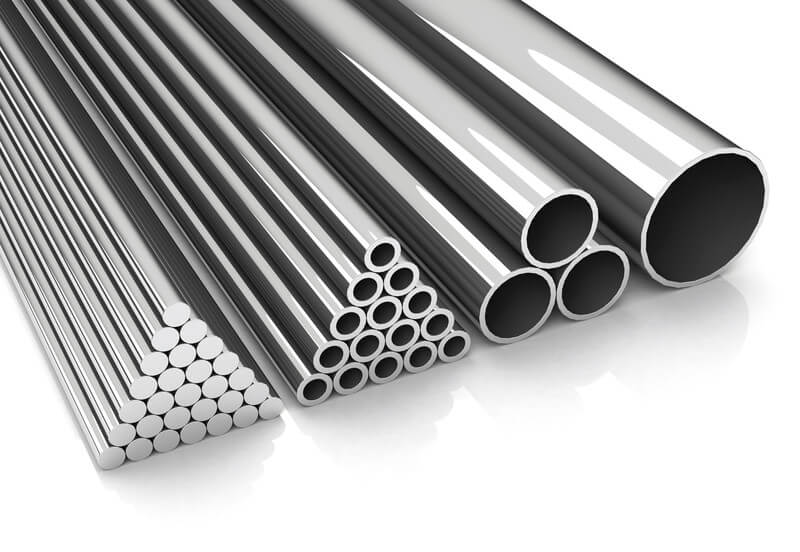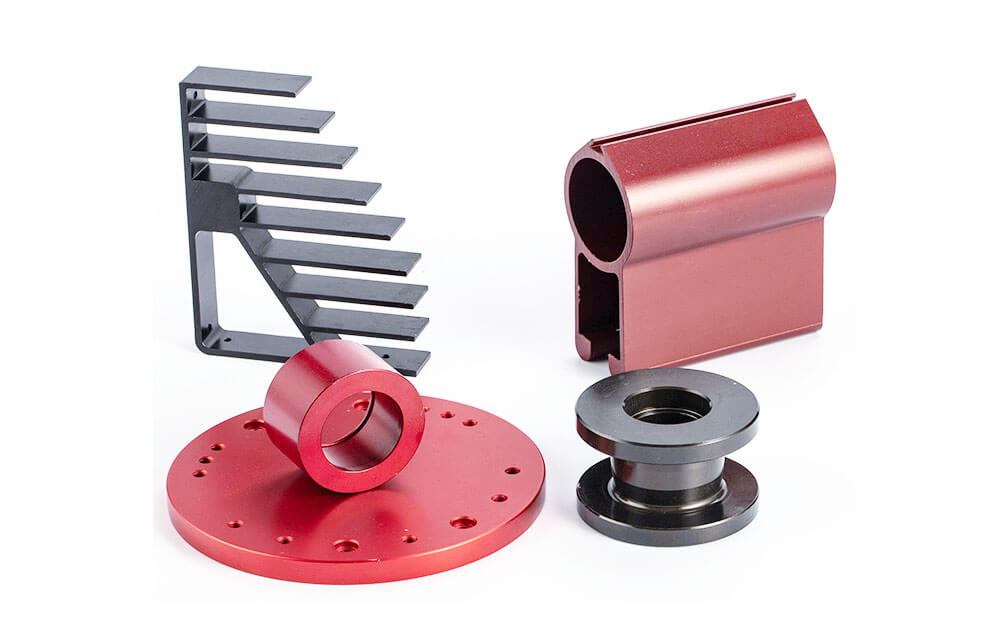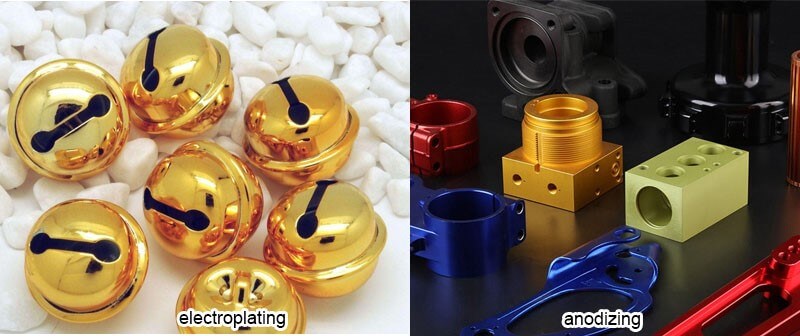Comparison Between Electroplating and Anodizing
Usually, the surface treatment of metal alloys will choose electroplating and anodizing. What is the difference between these two processes? As a product designer, you should understand the limitations of different processes, so the key points are mentioned above:
- Aluminum alloy surface treatment is usually anodizing, which is not suitable for electroplating.
- The common surface treatment of zinc alloy die castings is electroplating, which is not suitable for anodizing.
- Aluminum alloy die castings are not suitable for anodizing, and should be used with caution if the appearance requirements are high.
1.Difference Between Electroplating and Anodizing:Different treatment methods
1) Electroplating
Electroplating uses the plated material as the cathode, the metal material that is the same as the plated metal as the anode (there are also insoluble anodes), and the electrolyte is a solution containing the plated metal ions; a certain current is input between the anode and the cathode. The plating material and the plated material are two different materials. For example, nickel plating of beryllium copper is based on beryllium copper and nickel is the plating layer.
2) Anodic oxidation
Anodic oxidation is a material protection method that uses chemical or electrochemical treatment methods to form a layer of plating containing metal components on the metal surface. It is a material protection method that uses an external current in a specific electrolyte to make the treated material act as the anode and form a thin film on its surface. For example, when aluminum alloy is oxidized, a layer of aluminum oxide film will form on the surface of aluminum alloy. Aluminum oxide has stable chemical properties, will not be oxidized again, will not be corroded by acid, and can be dyed into various colors.

2.Difference Between Electroplating and Anodizing:Different treatment objects
1) Electroplating
The objects treated by electroplating are mainly metals, but can also be non-metals. The most commonly used plating metals are nickel, chromium, tin, copper, silver and gold. That is, nickel plating, chromium plating, gold plating, etc.
2) Anodic oxidation
Anodizing is a method of metal surface treatment. Most metal materials (such as stainless steel, zinc alloy, aluminum alloy, magnesium alloy, copper alloy, titanium alloy) can be anodized in a suitable electrolyte.
3.Difference Between Electroplating and Anodizing:Different treatment principles
1) Electroplating
Electroplating uses the electroplating material as the cathode and the anodic oxidation zone treatment material as the anode. Electroplating is due to the action of electric charge. The metal ions of the anode move to the cathode, obtain electrons at the cathode and are deposited on the plated material. At the same time, the metal dissolution of the anode continuously replenishes the metal ions in the electrolyte.
First of all, there are six major elements in the electroplating solution: main salt, additional salt, complexing agent, buffer, anode activator, and additive. Secondly, the principle of electroplating includes four aspects: electroplating solution, electroplating reaction, electrode and reaction principle, and metal electrodeposition process.

2) Anodic oxidation
Anodizing is to control the formation of oxide layer through electrochemical methods, prevent further oxidation of aluminum, and increase the mechanical properties of the surface. Generally, aluminum or aluminum alloy is used as anode, and lead plate is used as cathode. Aluminum and lead plate are placed together in aqueous solution for electrolysis, including sulfuric acid, oxalic acid, chromic acid, etc., so that an oxide film is formed on the surface of aluminum and lead plate. Among these acids, the most widely used is anodizing with sulfuric acid.
Aluminum alloy anodizing technology is currently the most widely used and successful technology. Aluminum alloy anodizing can greatly improve surface hardness, wear resistance and other indicators. There are a large number of micropores in the thin layer of oxide film, which can absorb various lubricants and is suitable for manufacturing engine cylinders or other wear-resistant parts. The film has strong adsorption capacity and can be colored into various beautiful colors. Non-ferrous metals or their alloys (such as aluminum, magnesium and their alloys) can be anodized. This method is widely used in mechanical parts, aircraft and automobile parts, precision instruments and radio equipment, daily necessities and architectural decoration.
4.Why is aluminum alloy not suitable for electroplating?
Aluminum is chemically active. If electroplating is performed, in an acidic electrolyte, the aluminum ions on the cathode generate aluminum salts and hydrogen while obtaining electron reduction; if it is an alkaline electrolyte, aluminum hydroxide and hydrogen are generated. Therefore, aluminum cannot be plated by electroplating. This is the same reason why sodium hydroxide is obtained instead of metallic sodium when salt water is electrolyzed.
